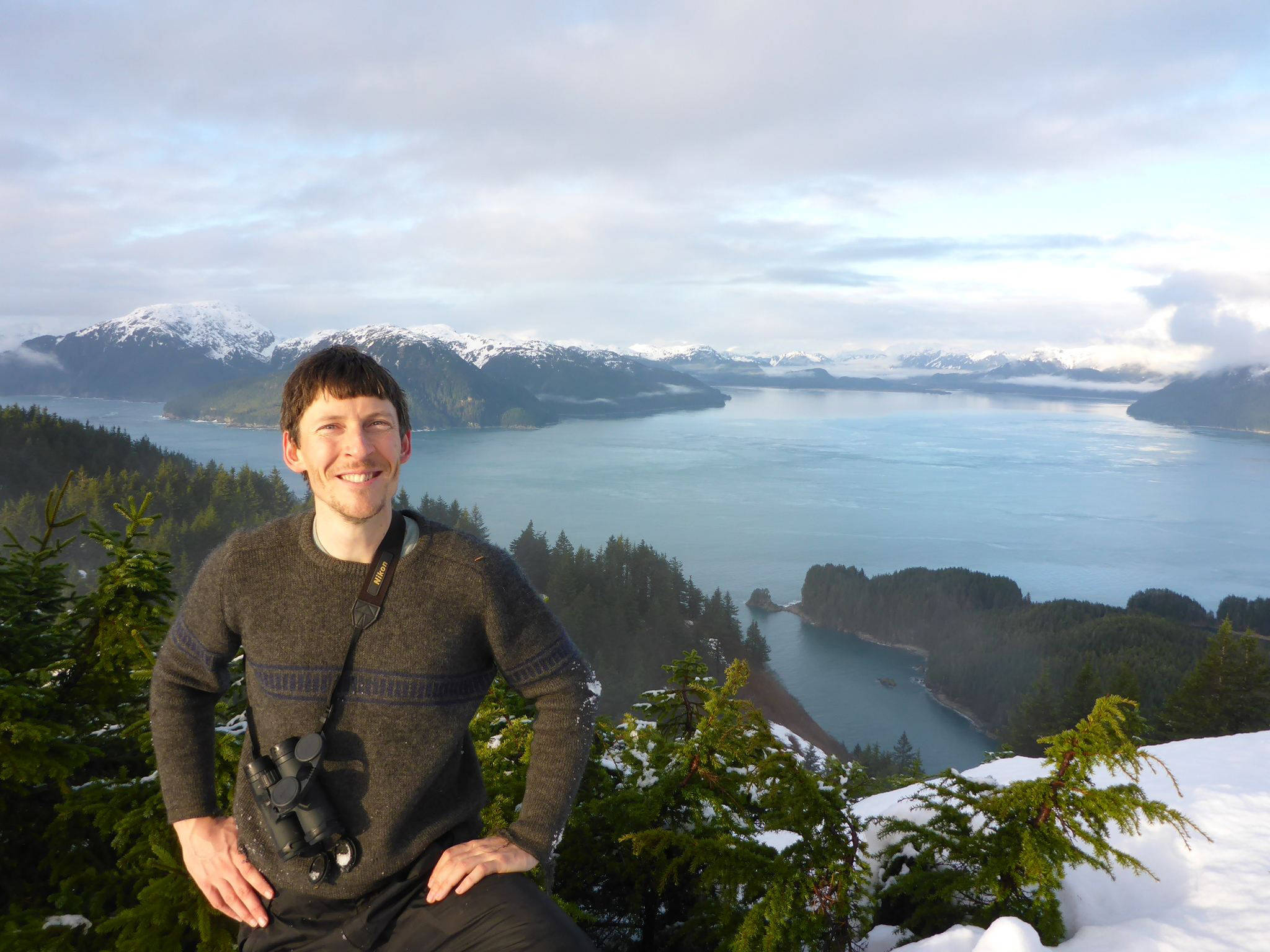Three years and a million dollars later, Zach Brown’s dream is coming to fruition. The Inian Island Institute, an educational hub for researchers, conservationists, and students of the environment, finally has a permanent home, nestled in the natural bay locally known as the Hobbit Hole. The idyllic five-acre property harbors three houses, a workshop, and a 90-foot dock for boats and floatplanes.
“We had support from inside and outside Alaska,” Brown said about the fundraising process. “We knew we couldn’t seek funding from the Alaskan government due to the state of things… We had a lot of local support, like the (Juneau-based) Skaggs Foundation. I want to throw a shout-out in particular to Sam Skaggs. We had help from the Juneau Community Foundation as well. And, you know, it’s been really helpful having connections in the San Francisco Bay area. I was born and raised in Alaska but I went to Stanford University and there are a lot of people down there who are very interested in sustainability and conservation.”
Brown and a team of three other Stanford PhD students had a tight deadline to procure the money. In January 2016, they signed a two-year purchase agreement with the Howe family, who until recently owned the property destined for the Institute. Brothers Fred and Greg Howe, and Greg’s wife Jane Button, took a “leap of faith” by signing the agreement, and Brown met the deadline exactly. After closing the deal last month, the Inian Island Institute is officially open. Brown began programs and community events during previous summers, but on a smaller scale than what he has planned in 2018. Starting in June and running through August, the Institute will offer student groups, retreats, and residencies. Its focus is on high school and college students, although Brown intends to welcome even younger pupils eventually.
“That is part of the dream,” Brown said about working with a variety of age groups. “Although we haven’t worked with a local high school group yet, we are going to run a course this summer in partnership with the University of Alaska Southeast. … We have run high school courses with groups from California, but we definitely want to move in the direction of having local groups, including at the high school level and even younger.”
The Hobbit Hole is about to be a busy place. Including the on-site caretakers, faculty members, interns, teachers coming in with student groups, and additional staff, the tiny campus will have up to 20 people ready to educate and support the learning goals of its students. The research program is getting off the ground as well, now that the Institute owns the property. A student intern from Stanford is on the property helping to get ready, setting up all of the instruments necessary for ecological research. Brown wants it to be ready for a group of sea lion researchers who might work from the Institute this summer. Other possible research topics include ocean acidification and climate change. Both the education and the research programs at the Institute will focus on the core values of science, leadership, and a connection to the natural world.
“There are these four pillars that we have,” Brown said. “Education, research, community… and sustainability.”
The Inian Island Institute is kicking off this new chapter by hosting a celebration at the Red Dog Saloon on March 3. Local band Rumblefish will play a family dance set (kids welcome with parents) from 8-9:30 p.m. Brown will make a speech, followed by Gamble and the High Costa Living playing a dance party for those 21 and older from 10 p.m. until closing. Pay-as-you-can $5-10 at the door.
Learn more at http://inianislandsinstitute.org.
• Jack Scholz is the Capital City Weekly intern.

